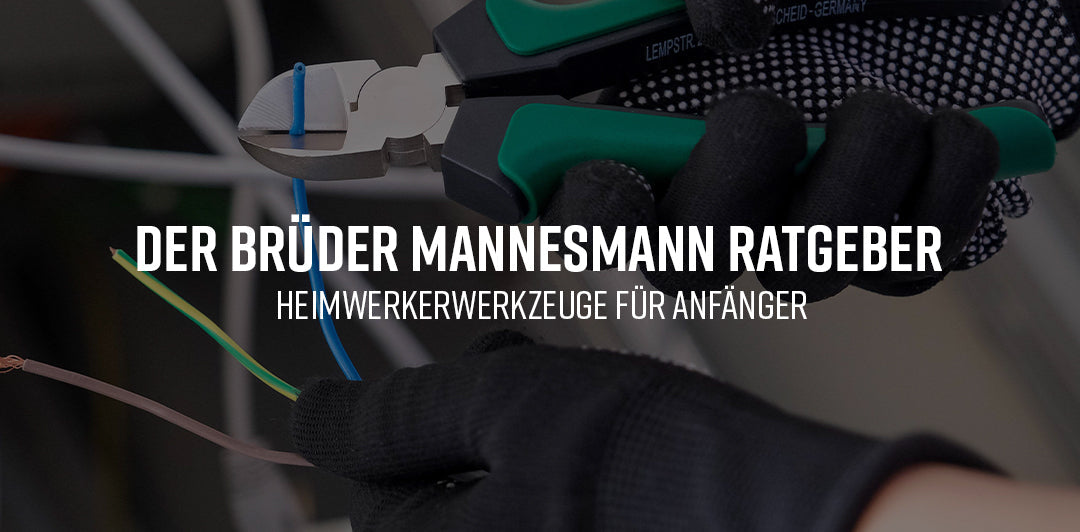A well-equipped toolbox is essential for every professional – whether in electronics, trades, or installation work. The right selection of tools not only saves time, but also ensures precise work and avoids unnecessary frustration. But what exactly belongs in a professional toolbox? And what should you look for when choosing one? Here are the must-haves and some practical tips for the optimal toolbox.
The basic equipment for professionals
Regardless of the field of work, there are some basic tools that should not be missing from any suitcase:
- Screwdriver set : A set with different sizes and types (slotted, Phillips, Torx) is essential. Look for ergonomic handles and a sturdy blade material.
- Pliers : Combination pliers, needle-nose pliers, and pipe wrenches cover a wide range of applications. They should be made of robust, hardened steel.
- Hammer : A solid hammer – depending on the application, either a machinist’s hammer, rubber mallet or sledgehammer.
- Tape measure : A precise tape measure (at least 5 m long) is essential for exact measurements.
- Wrench set : A set of open-end and ring wrenches for the most common screwdriving and assembly work. An adjustable wrench can also be very useful here.
- Bit holders and bits : Especially important for those who frequently work with screwdrivers. A bit holder with various inserts (Torx, slotted, Phillips) makes work much easier.
Special tools for various professions
Depending on the field, additional special tools may be required. Here are some examples for different industries:
- Electricians : Insulated tools such as pliers, wire strippers, and circuit testers are essential. A multimeter also belongs in every electrician's toolbox.
- Mechanics : In addition to standard wrench sets, torque wrenches and ratchets are essential. A screw extractor can also be very helpful in difficult cases.
- Carpenter : For woodworking, you'll need a good handsaw, a plane, a protractor, and a bevel. A sharp pocket knife is also often used.
- Plumbers : Pipe wrenches, sealing material and pipe cutters are indispensable.
Order is the be-all and end-all
One aspect that's often underestimated is proper toolbox organization. Anyone who's ever searched through a chaotic toolbox for the right tool knows how frustrating it can be. Here are a few tips:
- Compartments and inserts : It is best to choose a case with adjustable compartments or a well-structured workbench to sort the tools by category.
- Labeling : Labels or color markings can help you quickly find the right tool.
- Regular checks : Check after each use that everything is complete – this way the case is always ready for use.















